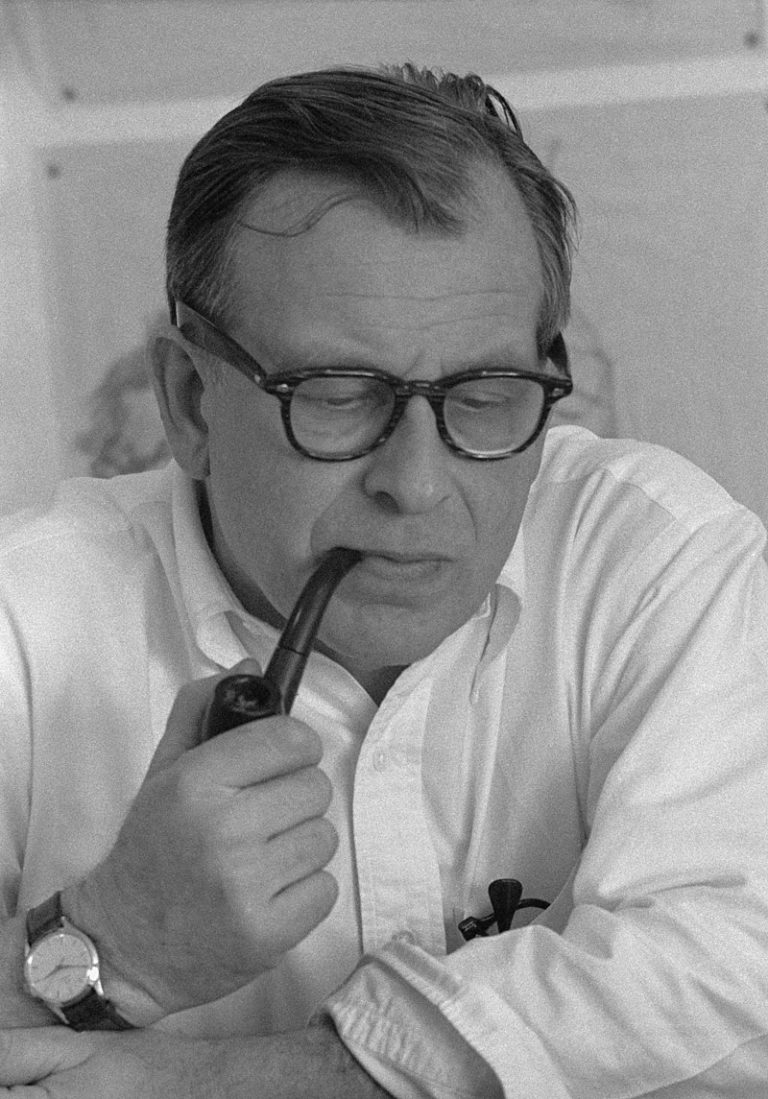
History of Danish Furniture – How it All Began
Embark on a discovery journey into the world of furniture styles where Danish stands as a beacon of exceptional craftsmanship and modern design.
This blog delves into the celebrated Scandinavian aesthetics of Danish furniture, a style that has significantly influenced the global furniture industry. Join us as we unravel the history – a saga marked by innovation, resilience, and artistic evolution.
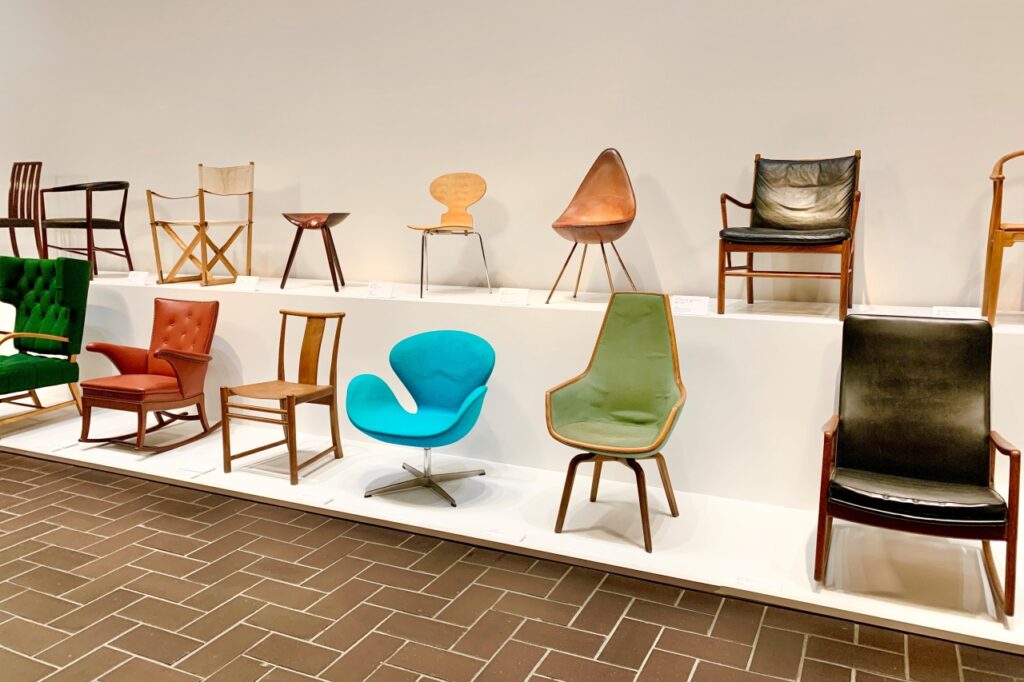
The Deep-Rooted Legacy of Danish Design
Immerse yourself in the origins of Danish furniture design, deeply anchored in the rich cultural and artistic traditions of Scandinavia. Tracing its evolution, we find a story intertwined with global events, technological breakthroughs, and shifting societal preferences. This exploration is more than just understanding a style; it’s an appreciation of how Danish and Scandinavian furniture transcended regional boundaries to become a worldwide design symbol. Let’s dive into the compelling journey, witnessing its evolution through the decades and its ongoing allure in contemporary settings.
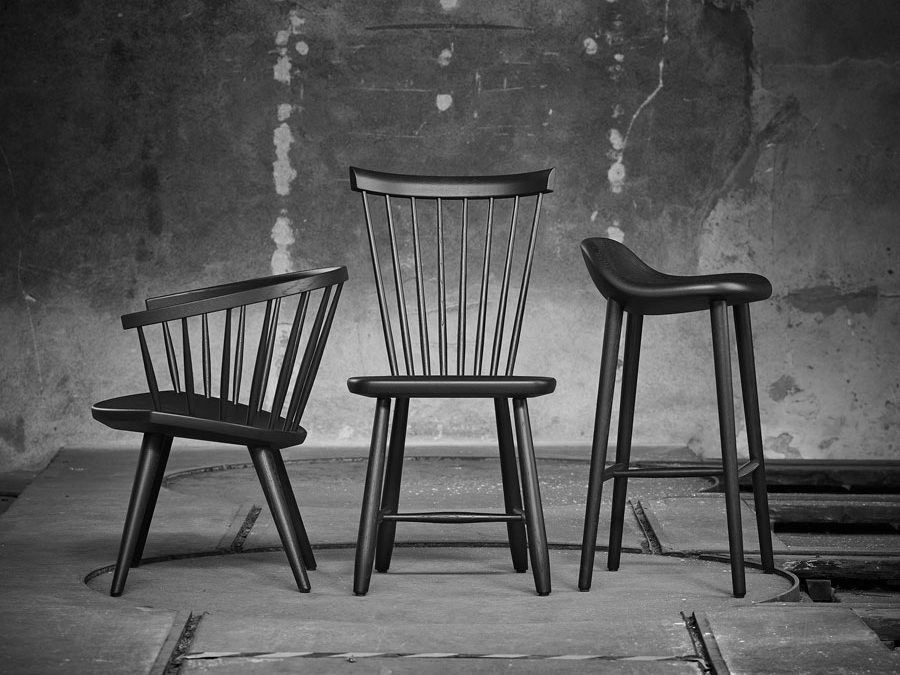
The Dawn of the Danish Furniture Revolution
The 1940s marked the inception of the Danish furniture craze, a transformative era in interior design. This period signalled a pivotal change with the emergence of mass production techniques, seamlessly blending high-quality craftsmanship with modern manufacturing efficiency. Originating in pre-World War II Scandinavia, Danish furniture design truly flourished post-war, mirroring a shift in accessibility and public preferences.
Embracing a New Era with Danish Design
Post-World War II, a collective yearning for fresh beginnings and a departure from the past became evident. This sentiment resonated perfectly with the ethos of Danish furniture design, offering a rejuvenated approach to aesthetics and functionality. The surge in popularity of Danish furniture represented a new vision for living spaces, characterized by simplicity, practicality, and tranquility. This era witnessed the emergence of designs that transcended mere furniture pieces, symbolizing hope and a progressive mindset. It was a pivotal moment, with the world poised to embrace change, and Danish furniture stood at the forefront of this new epoch.
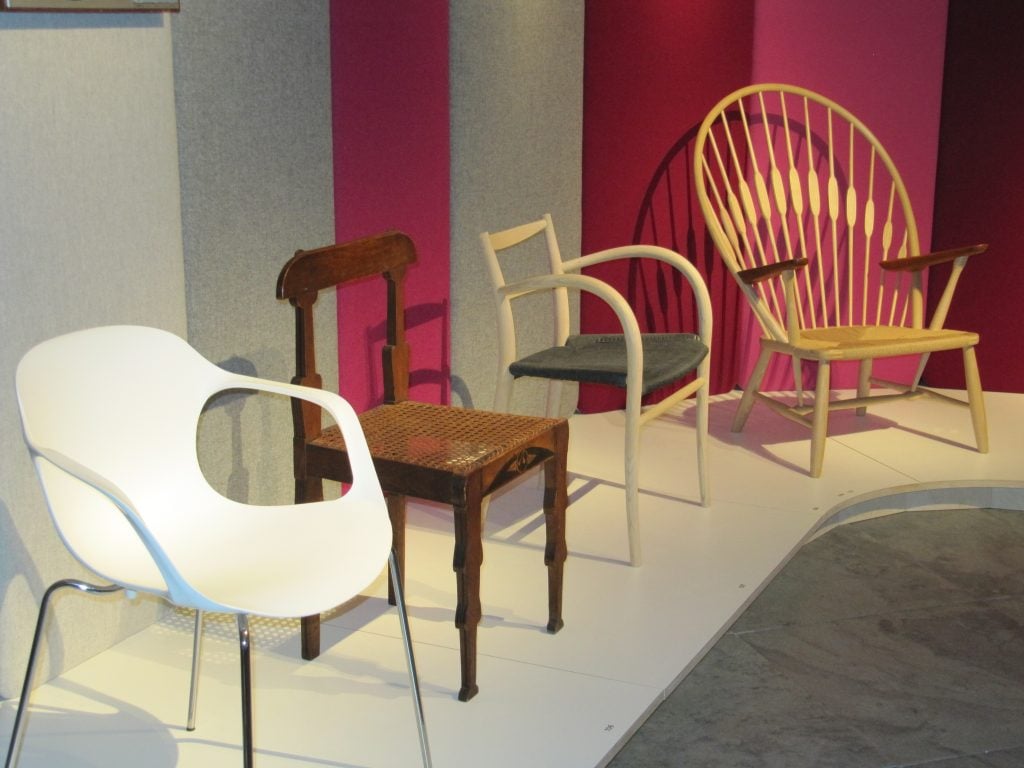
Revolutionising Interior Design: Rise of Danish Modern Furniture
The rise of Danish furniture is deeply rooted in the transformative shift in design philosophy during and post-World War II. Faced with material scarcity, designers pivoted towards a minimalist approach, prioritizing simplicity and functionality. This led to the birth of a new design aesthetic characterized by clean lines and minimalistic forms, marking a distinct departure from the heavy, ornate furniture that preceded it.
Crafting Elegance from Simplicity
Danish designers turned limitations into creative opportunities, creating lightweight, robust, and aesthetically pleasing furnishings. They used lighter wood and linens to infuse modern elegance and airiness into designs. This shift replaced traditional, heavy upholstery with a focus on simplicity, clarity, and efficiency.
Meeting the Demands of Modern Living
The allure of Danish furniture further intensified due to its adaptability and practicality. These designs, beyond their visual appeal, were crafted to seamlessly integrate into daily life. Embodying functionality, comfort, and affordability, Danish furniture became accessible to a broader audience. Creating both artistic and functional pieces resonated globally, laying the foundation for Danish and Scandinavian furniture’s enduring popularity today.
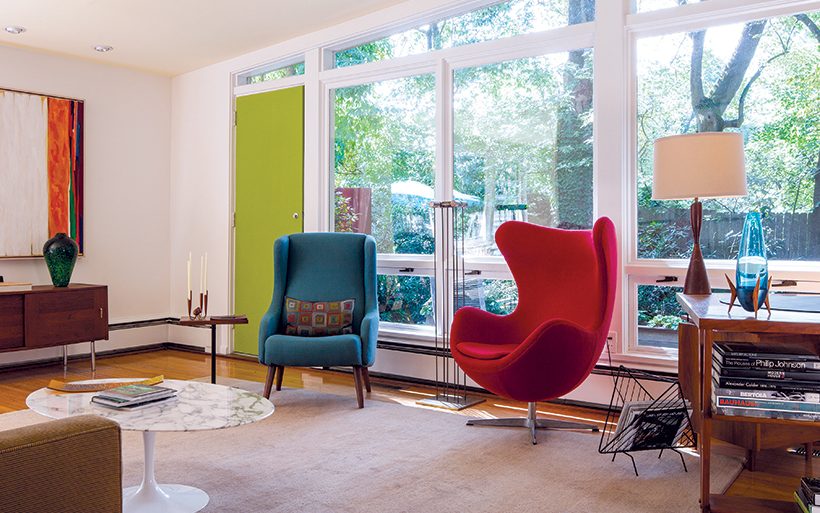
Famous Furniture Designers
The rise of Danish and Scandinavian furnishings was not just a movement but a canvas where several influential designers left their indelible marks. Each brought their unique perspectives and ingenuity, shaping what we now celebrate as iconic designs.
Ray and Charles Eames
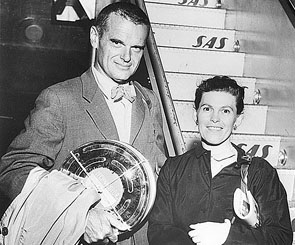
Ray and Charles Eames merged Scandinavian and American design, as seen in the iconic Eames Lounge Chair, combining functionality and artistry. Their Herman Miller collaboration resulted in timeless pieces, like the elegant Eames Organic Chair, celebrated for its ergonomic design.
Poul Kjærholm

Danish designer Poul Kjærholm, known for minimalist designs, skillfully combined steel, wood, and leather in creations like the PK22 chair. His work embodies Danish minimalism’s clean, subtle elegance.
Verner Panton

Verner Panton stood out as a visionary in the use of colour and unconventional materials. His Panton Chair, an S-shaped piece crafted from a single plastic mould, broke free from traditional design norms. Panton’s work symbolized the era’s spirit of experimentation, pushing the boundaries of furniture design.
Finn Juhl
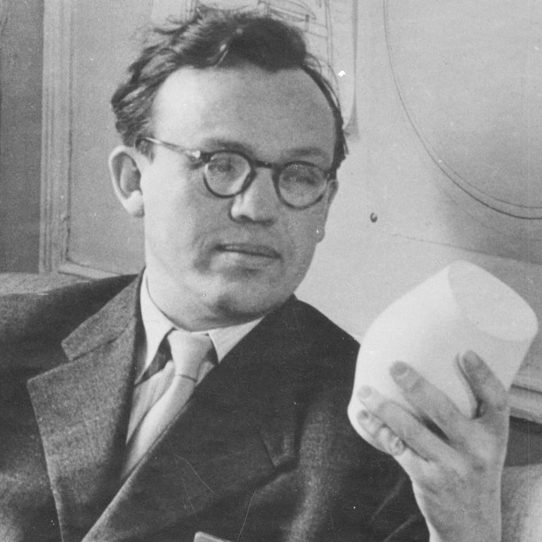
Finn Juhl introduced a softer, more organic approach to Danish furnishings, heavily influenced by modernist principles. His designs, such as the Chieftain Chair, are celebrated for their sculptural qualities, harmonizing aesthetics with comfort and helping to define the ‘Danish Modern’ style.
Børge Mogensen

Børge Mogensen advocated for a functional, simple design. His work, exemplified by the Spanish Chair, focused on creating durable, accessible furniture, combining robust construction with clean, straightforward lines.
Hans Wegner

Renowned as the ‘master of the chair’, Hans Wegner possessed exceptional wood crafting skills. His designs, including the Round Chair and the Wishbone Chair, are celebrated for their comfort and durability, exemplifying the Danish ethos of merging functionality with aesthetic appeal.
Poul Henningsen

Poul Henningsen extended his design expertise beyond furniture to lighting. His PH Lamp series, designed for uniform, glare-free illumination, showcased both functionality and artistic value, significantly contributing to the Danish modernist aesthetic.
Evolution & Renaissance of Danish Furniture Design
The Peak and Subsequent Decline of Danish Furniture
During the golden era of the mid-20th century, Danish furniture reached its zenith in the 1950s and 1960s. This period witnessed the widespread embrace of Scandinavian design in residential and commercial spaces, symbolizing a new era of modernity and elegance. However, the advent of the 1970s brought significant changes. The design landscape and consumer tastes began to transform, leading to a decline in the popularity of Danish furniture. The mass production techniques that had previously fueled its growth started to diminish, giving way to new styles and emerging trends.
Despite this decline, the story of Danish was far from over. In recent years, we’ve seen a remarkable resurgence in the interest in mid-century modern designs, reigniting the appeal of Scandinavian furniture. This revival is powered by a growing appreciation for natural materials, sustainable practices, and long-lasting designs. As environmental awareness increases, more individuals are attracted to the timeless elegance and minimalist charm of Danish furniture. Its seamless integration into contemporary lifestyles, coupled with environmental responsibility, reaffirms its prominence in modern design.
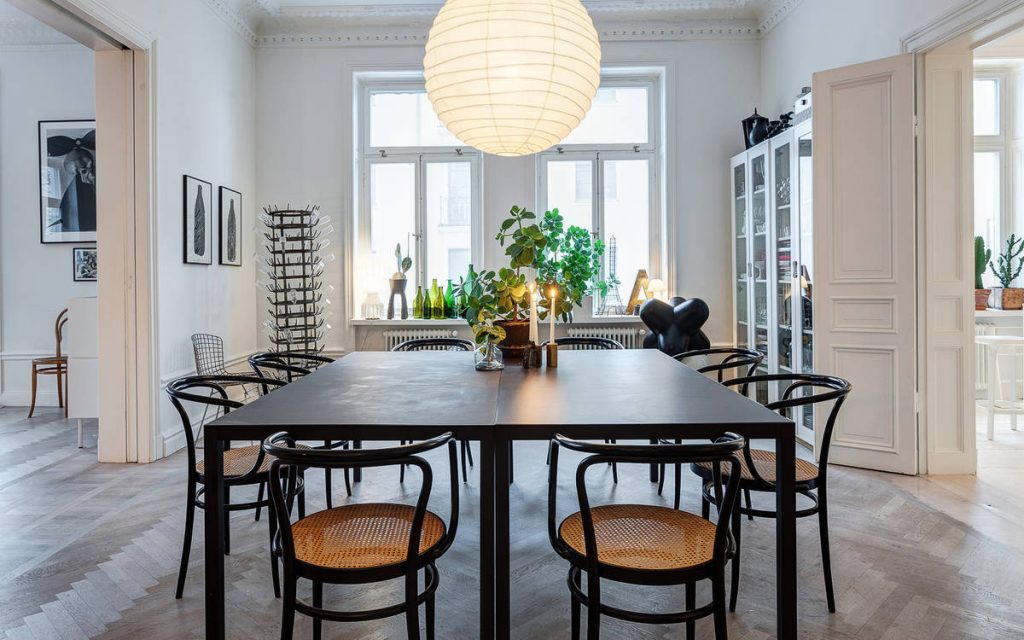
Reimagining Modern Furniture: Timeless Appeal of Danish Design
Contrary to the often cold, industrial image associated with modern furniture, Danish design offers a refreshing divergence. Celebrated for its warmth and rich tradition of craftsmanship, Danish furniture captivates with its simplicity, functionality, and use of natural materials like wood and linen. These elements infuse a tactile, inviting quality into contemporary interior designs.
The versatility of Danish furniture lies at the heart of its modern appeal. Characterized by understated elegance, clean lines, and neutral colours, it effortlessly complements a variety of interior decors. Danish designs stand as timeless pieces, transcending ephemeral trends and offering a sense of enduring beauty and stability in our fast-paced world. These durable, sustainable pieces with premium materials and attention to detail make them ideal for eco-conscious consumers.
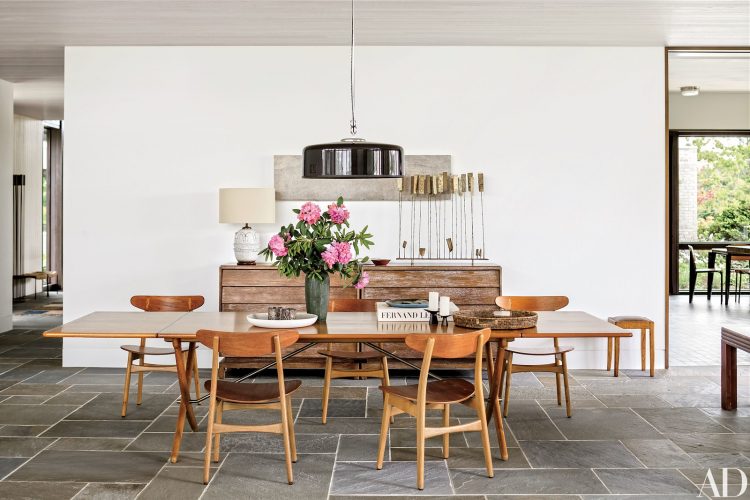
The Timeless Journey of Danish Furniture
In summary, Danish furniture’s saga signifies more than just a design evolution. It’s a compelling narrative of how simplicity, functionality, and aesthetic beauty merge to craft pieces that withstand the test of time. The progression of Danish and Scandinavian furniture from modest beginnings to a globally celebrated style exemplifies a profound grasp of the balance between form and function. As we increasingly lean towards sustainable living and value expertly crafted designs, Danish furniture emerges as a beacon of minimalist elegance and enduring quality.
Discover designs beyond furniture, as elements enriching harmony, beauty, and function in your living spaces. Danish and Scandinavian styles create modern, comfortable, stylish spaces. Looking ahead, the legacy of Danish furniture continues to evolve and inspire, ensuring its place as a treasured feature in our homes and lives for generations to come.
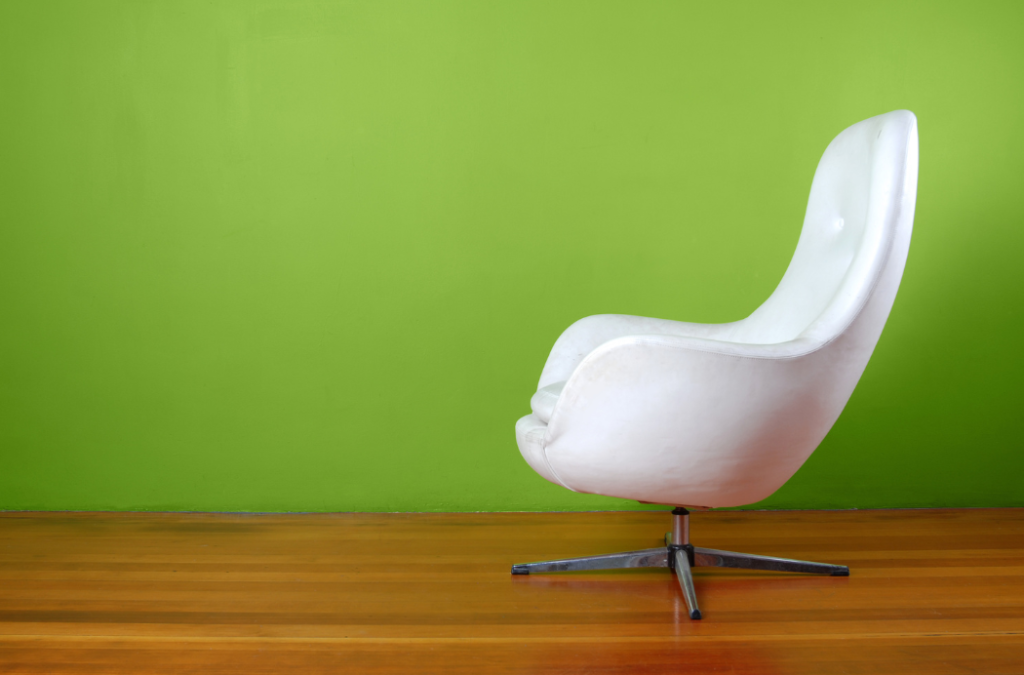
Frequently Asked Questions
Yes, you can mix lighting styles in a house to add depth and interest. While it’s important to keep a cohesive look, varying the style of light fixtures between rooms or within a single space can enhance the home’s character and appeal. Blending different styles can create a unique and personalized interior design.
The history of Danish furniture style began in the early 20th century, evolving from traditional craftsmanship to the global prominence of Danish Modern in the 1950s and 60s. It was marked by a focus on functionality, simplicity, and the use of innovative materials and techniques.
Danish Modern furniture style is characterized by its minimalist design, focus on functionality, and use of natural materials. It emerged in the mid-20th century and is noted for its sleek lines, organic forms, and innovative construction.
No, all interior lights do not need to match, but they should complement each other and the overall decor theme. Mixing styles can add character to your home, but maintaining a cohesive color scheme or material can help unify the look.
Creating an interior design lighting plan involves assessing each room’s needs, focusing on task, ambient, and accent lighting. Start by identifying key areas that require illumination, then select appropriate fixtures that complement the room’s style. Consider using a mix of overhead lights, lamps, and spotlights to achieve a balanced and functional lighting scheme.
